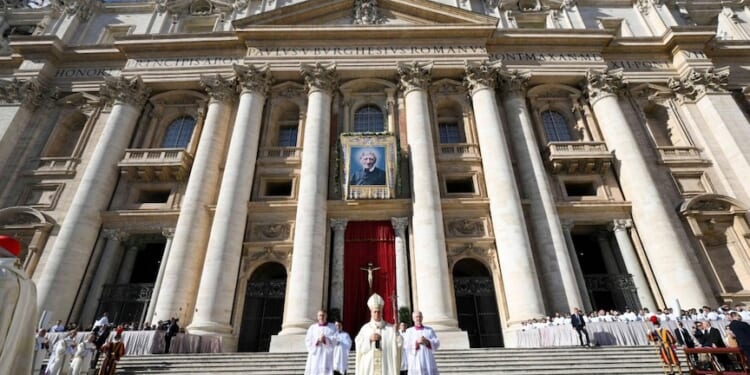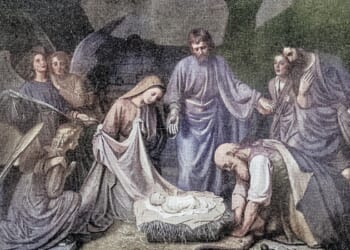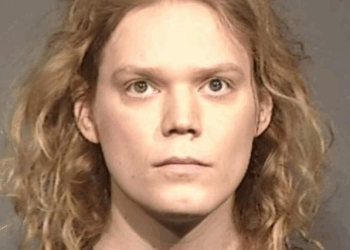As part of the Jubilee celebrations, Pope Leo XIV laid out a vision for Catholic education over the last several days. He also declared St. John Henry Newman the 38th Doctor of the Church and the co-patron (with Thomas Aquinas) of Catholic education. These declarations are of great help at this moment, because Newman’s vision of education is thoroughly Catholic, integrated, truth- and Christ-centered, and a sure guide for Catholic educators everywhere.
The pope also addressed Jubilee participants and students, delivered a homily, and published an Apostolic Letter during the education events. He hit several traditional issues in Catholic education, but added themes that are his own and worthy of note, particularly a deep appreciation for St. Augustine.
He first emphasized the importance of an Augustinian “interiority,” quoting the saint: “Those whom the Spirit does not teach interiorly depart without having learned anything. . . .Do not look without, return to yourself, for truth dwells within you.” Students need to develop an interior life, which is hindered by lives lived on screens or superficially in the world. He tells students: “say in your heart: ‘I dream of more, Lord; I long for something greater; inspire me!’” Leo has zeroed in on the need for educators to help modern youth focus, interiorize, and turn quietly to the Holy Spirit in their education.
A related and now recognizable papal theme is a prudent use of technology. Leo encourages students to “humanize the digital, building it as a space of fraternity and creativity – not a cage where you lock yourselves in, not an addiction or an escape. Instead of being tourists on the web, be prophets in the digital world!”
He also advises educators that, “Technologies must serve, not replace, the person; they must enrich the learning process, not impoverish relationships and communities.” Artificial Intelligence will have an enormous impact in education and human development. And it will take the deep and humane wisdom of the Church to use it properly.
He further emphasizes the importance of a sound Christian “anthropology” (i.e., understanding of the human person) given the rampant confusions of modernity: “The foundation remains the same. . .the person, image of God ( Gen 1:26), capable of truth and relationship.”
Clearly, we must educate the whole person (mind, body, and spirit): “desire and the heart must not be separated from knowledge: it would mean splitting the person.” Educators need to keep in mind the primacy of students’ spiritual development and the learning of virtues that “cannot be improvised.”

Finally, he focuses on unity, referring to his Augustinian papal motto, “In Him who is One (Christ), we are One.” This is a wonderfully radical Christology, echoed in St. John Henry Newman’s educational vision as well.
One of Newman’s critical insights in The Idea of a University is:
all branches of knowledge are connected together, because the subject-matter of knowledge is intimately united in itself, as being the acts and the work of the Creator. Hence it is that the Sciences, into which our knowledge may be said to be cast, have multiplied bearings one on another, and an internal sympathy, and admit, or rather demand, comparison and adjustment.”
This should encourage a deep appreciation for liberal arts education. Leo offers his support for such a vision with statements such as “The Catholic school is an environment in which faith, culture and life intertwine. It is not simply an institution, but rather a living environment in which the Christian vision permeates every discipline and every interaction.” And “ Following in the wake of the thought of Saint John Henry Newman, [Catholic Pedagogy] goes against a strictly mercantilist approach that often forces education today to be measured in terms of functionality and practical utility.”
Leo’s support for Catholic liberal arts education offers a remedy to those who have been seeking something different from modern secular education, which has been weighed and found wanting.
There are also some concerning elements amidst these otherwise excellent observations. Leo repeats Pope Francis’s support for the “Global Compact on Education,” a completely secular project rich with trendy environmental and social justice projects, and a distraction from the Christian insight that Catholic schools offer students on these and most other topics.
There are also progressive leanings in the letter such as a tendency to favor the new, trending causes, and some of the now stale language of the previous pontificate (“building bridges,” etc.)
He sometimes seems to be pulling punches, with statements such as, “The Church is ‘mother and teacher’ not by supremacy, but through service.” Pope Pius XI’s magisterial educational encyclical Divini Illius Magistri states in boldly different terms, “First of all education belongs preeminently to the Church, by reason of a double title in the supernatural order, conferred exclusively upon her by God Himself; absolutely superior therefore to any other title in the natural order.” Offering revealed divine teaching is precisely our Catholic service.
Unfortunately, the Letter’s very title, “Drawing New Maps of Hope,” sets up an extended metaphor of maps, constellations, etc. But sometimes the many metaphors grow confused or risk colliding or floating away into the ether. We don’t quite get a map; we do get some inspiration.
In the end, however, these four new pieces show Pope Leo to be an eloquent advocate for Catholic education. His chosen themes help to move the important task of Catholic education forward. And in so doing, he continues to remind Catholic students and educators to “Look higher still, toward Jesus Christ, ‘the sun of righteousness’ (cf. Lk 1:78), who will always guide you along the paths of life.”









![Hegseth Demands Fitness Requirements, Says 'Fat Troops' 'Not Who We Are' [WATCH]](https://teamredvictory.com/wp-content/uploads/2025/09/Hegseth-Demands-Fitness-Requirements-Says-Fat-Troops-Not-Who-We-350x250.jpg)

